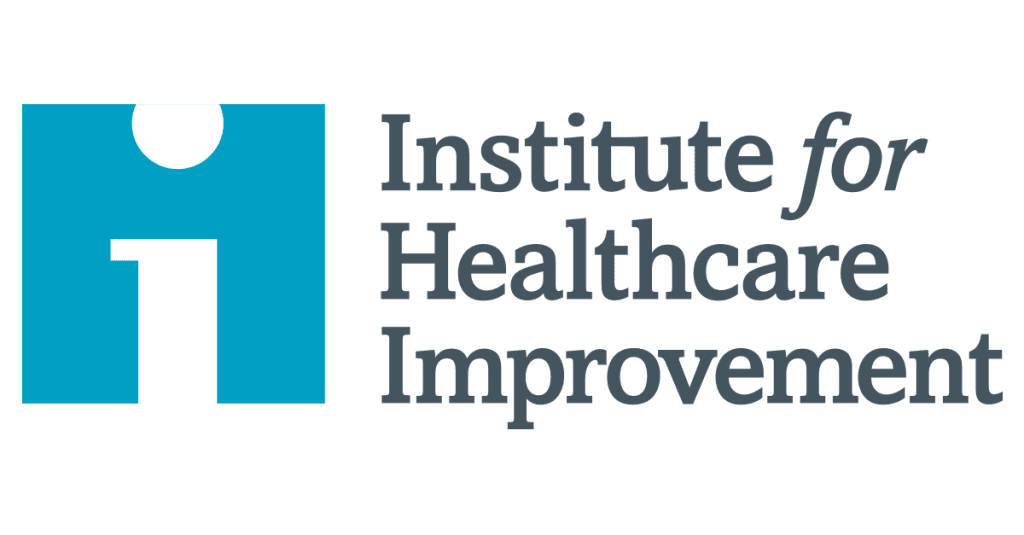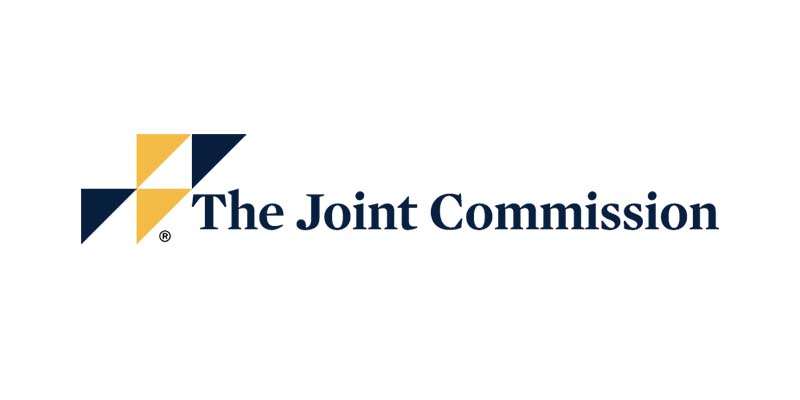Patient Safety Organizational Resources
Patient Safety requires a focused effort by healthcare leaders and frontline care providers that is ongoing. Organizations such as the Institute for Healthcare Improvement (IHI) and the Patient Safety Movement provide a broad array of organizational resources to help healthcare facilities advance patient safety across the entire healthcare continuum of care. Many of these resources are available to healthcare providers at no charge and can be fully customized for use within any healthcare environment. There is also a new patient safety board certification that is available from IHI for healthcare professionals that wish to demonstrate their expertise in patient safety.
Institute for Healthcare Improvement Resources:
The Institute for Healthcare Improvement (IHI) was formed 30 years ago to aid healthcare facilities in improving patient safety and advancing clinical outcomes across the entire healthcare continuum of care. IHI’s focus is on several fundamental areas including:
- Pursuing Safe and High-Quality Care
- Improving the Health of Populations
- Building the Capability to Improve
- Innovating and Sparking Action
Advancing patient safety takes not only leadership but also organizational and cultural learning that is both continuous and focused on role-specific competencies. The IHI has both educational resources as well as toolkits that can assist healthcare providers with developing or sustaining any patient safety program.
Institute for Healthcare Improvement:
For 30 years, the Institute for Healthcare Improvement (IHI) has used improvement science to advance and sustain better outcomes in health and health care across the world.
IHI brings awareness of safety and quality to millions, accelerates learning and the systematic improvement of care, develops solutions to previously intractable challenges, and mobilizes health systems, communities, regions, and nations to reduce harm and deaths.

Certified Professional in Patient Safety Board Certification
This board certification is a demonstration of a healthcare professional’s expertise to patient safety
The Certified Professional in Patient SafetyTM credential (CPPS) is earned by professionals who have demonstrated a high level of proficiency in the core standards of patient safety. This credential is awarded through a thorough examination covering five patient safety domains:
- Culture
- Leadership
- Patient Safety Risks and Solutions
- Measuring and Improving Performance
- Systems Thinking and Design / Human Factors
More than 5,000 professionals have earned the CPPS credential, representing all 50 US states and 30 countries.

Patient Safety Movement
The Patient Safety Movement Foundation was founded in 2012 and became a 501(c)(3) in 2014. The Foundation connects the dots between all stakeholders working to advance patient safety by challenging the status quo and breaking down silos.
The Joint Commission Patient Safety Resources:
The Joint Commission is the leading accreditation body for healthcare facilities globally. As an accreditation body, The Joint Commission is responsible for inspecting healthcare facilities and ensuring safe patient care practices are consistently adhered to. As a deemed authority organization by the United States Centers for Medicare and Medicaid Services (CMS), The Joint Commission is directly responsible for random inspections of accredited facilities and providing these results back to CMS. These inspection findings can directly impact both healthcare facility licensing as well as reimbursement, so healthcare facilities should closely adhere to the Joint Commission’s National Patient Safety Goals which differ by healthcare facility type.
Numerous resources arranged by topic are available for patients and practitioners. Resources developed by The Joint Commission, Joint Commission Resources® (JCR®), the Center for Transforming Healthcare, in addition to external resources, are provided to assist health care organizations in improving the safety and quality of care provided.

















